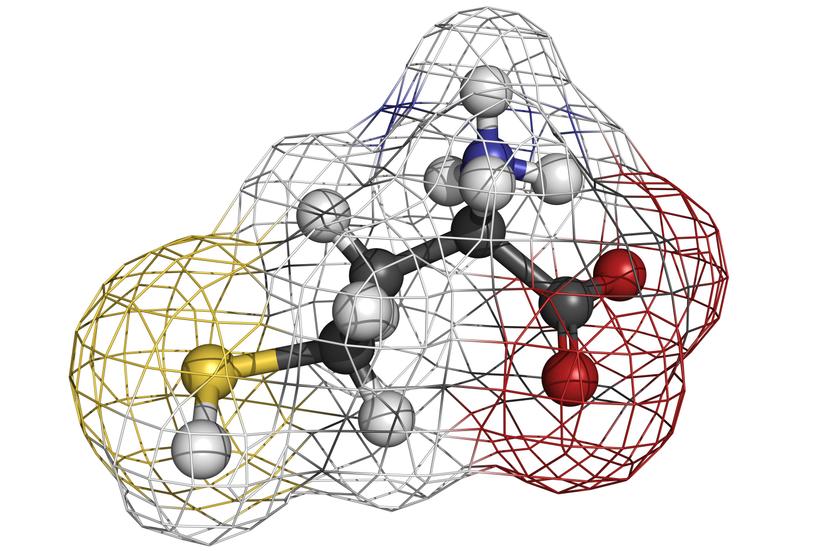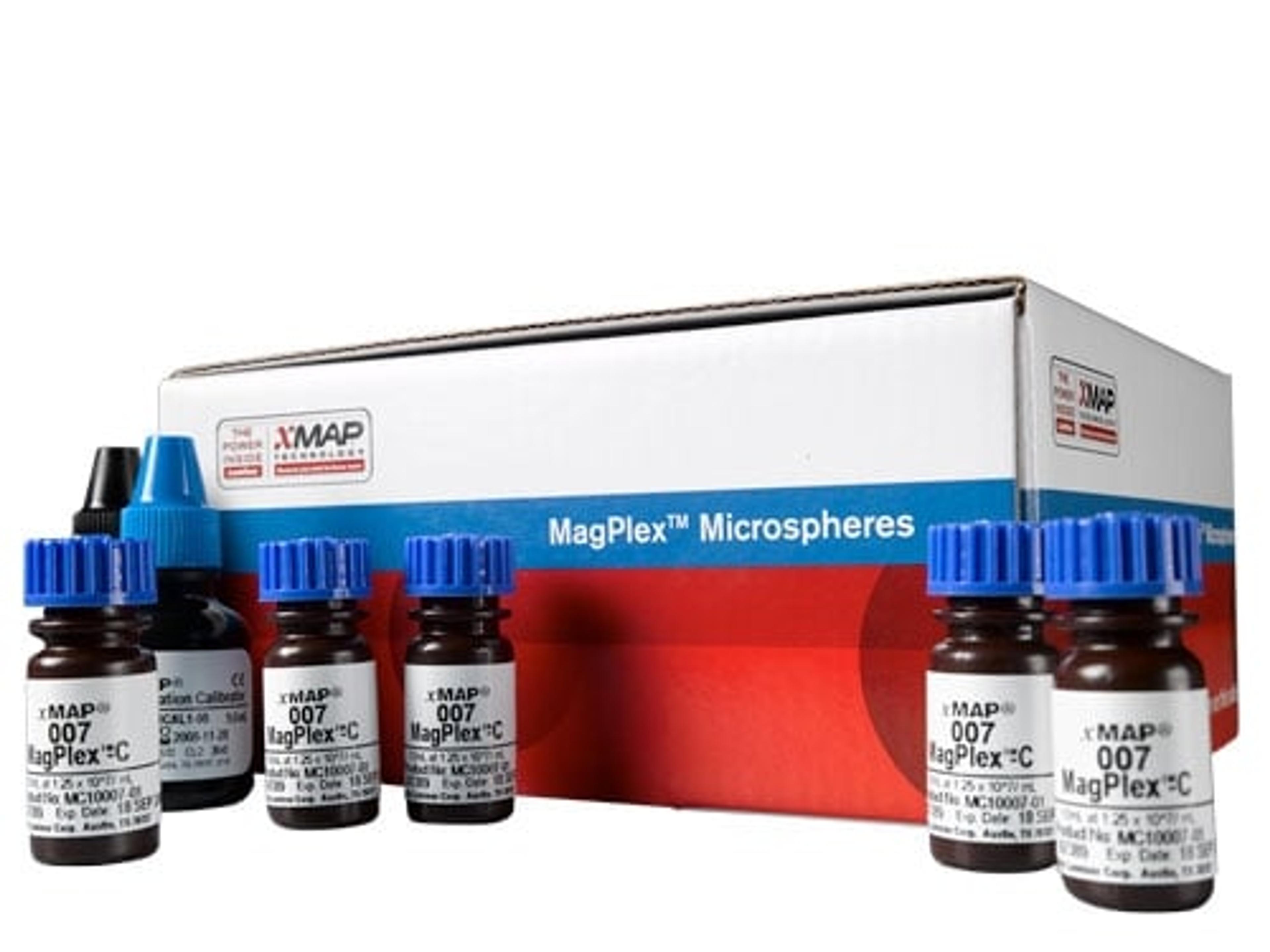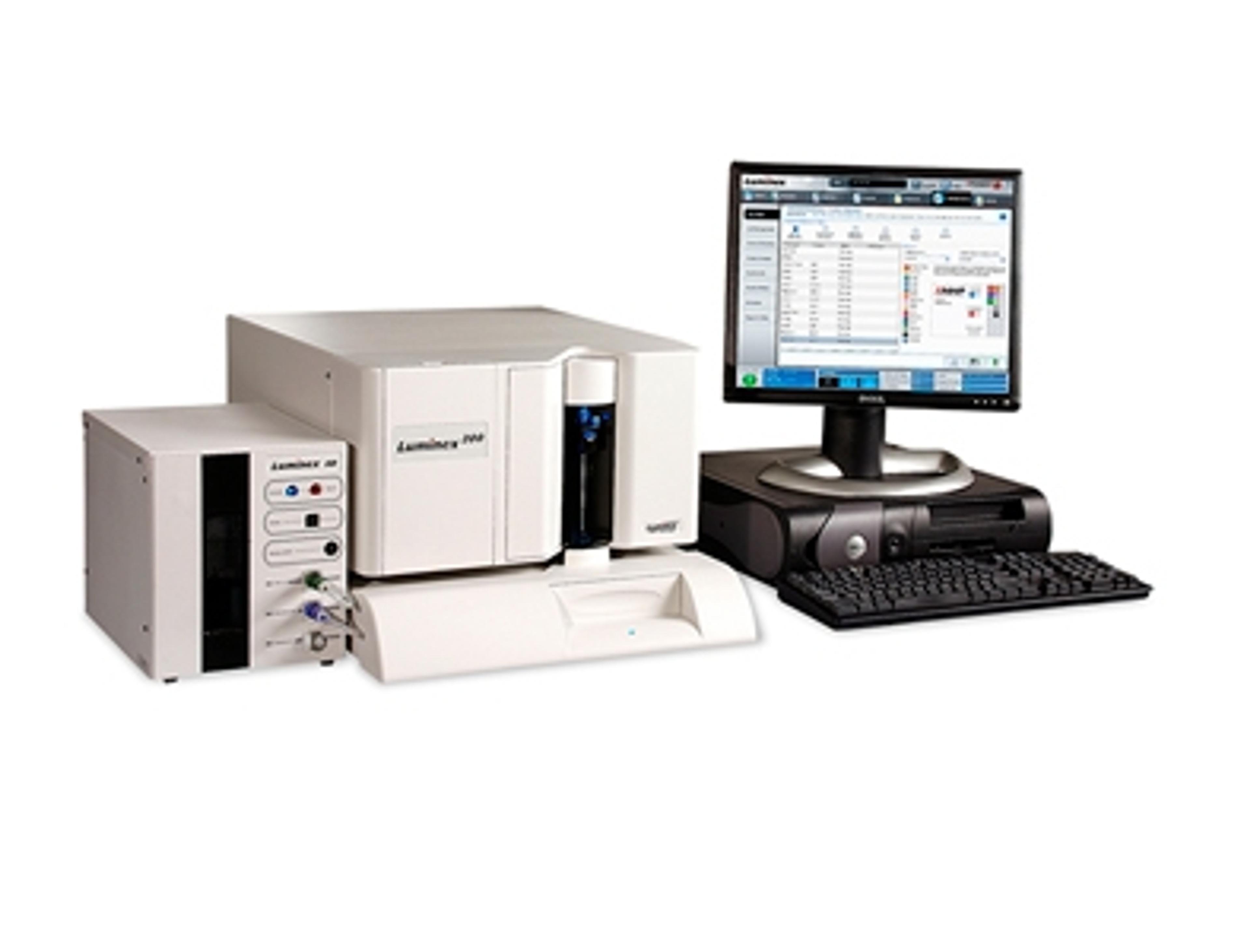Research into Early Detection of Biomarkers in Alzheimer’s Disease
written by Luminex
14 Jan 2016

written by Luminex
According to the U.S. National Institutes of Health (NIH), Alzheimer’s disease (AD) affects more than 5 million people in the United States and is the most common cause of dementia cases in the United States. Alzheimer’s disease is very complex and although many of the sufferers share the same symptoms, the progression of the disease is different for each individual. While Alzheimer’s disease isn’t preventable, early detection of the disease could help researchers discover accurate treatments much sooner.
Using Neuropathological Hallmarks to Detect Risk Factors
The presence of certain neuropathological hallmarks such as very specific amyloid plaques and intracellular neurofribillary tangles, makes a person more likely to develop the disease. Two individuals could share the very same markers, but one may have a faster progression of the disease than the other. Since neuropathological markers don’t really explain why the disease progresses in a certain way, scientists are left to rely on other tests to understand disease progression.
Tracking the Progression of Alzheimer’s Disease
Biomarkers are measurable proteins or genes in the body that relate to normal and abnormal processes within the body. Certain biomarkers within the cerebrospinal fluid can be measured to accurately stage Alzheimer’s disease.
Previously, laboratories used enzyme-linked immunosorbent assays (ELISA) to measure protein biomarkers, however, the limitations of ELISA are being able to review only one biomarker at a time and a relatively large sample requirement. If there are multiple markers, this would necessitate multiple experiments and require significant amounts of CSF.
The advancement and direction of the disease as it progresses, is very hard for scientists to track through observing the neuropathological hallmarks only. In a recent study from University of Pennsylvania the benefits of multiplexing with xMAP® Technology were described – “Among the several advantages of the xMAP-Luminex platform for AD CSF biomarkers are: a wide dynamic range of ready-to-use calibrators, time savings for the simultaneous analyses of three biomarkers in one analytical run, reduction of human error, potential of reduced cost of reagents, and a modest reduction of sample volume as compared to conventional enzyme-linked immunosorbant assay (ELISA) methodology.”
Biomarker Measurement Using Luminex xMAP Technology
In Luminex xMAP Technology, a laser or an LED array is used to interrogate a specific mixture of fluorescent dyes in each bead type that is characteristic for that bead type . Once an analyte is bound to the capture ligand on each bead type, a reporter dye is used to quantify the amount of analyte bound. Either flow cytometry fluidics or an imaging device is then used to determine which beads are present and the amount of analyte on each bead.
Depending upon the instrument used, up to 500 bead types can be used in each well of a 96- or 384-well plate, thus generating a very high throughput assessment of a large number of protein or oligonucleotide targets. This microsphere “liquid array” assay system is unique in its ability to provide both high-throughput and high-content data, and the ligands can be readily changed to meet the needs of the project. Multiplexing reduces cost and labor, and preserves precious sample.
As Alzheimer’s disease becomes more prevalent due to aging populations, and more people are affected by complications that arise from it, research towards detection of this disease early on will continue to provide the most successful treatment options. The more accurate the reading is from the bioassays, the quicker these tests are performed, and a continued reduction in costs from reducing multiple testing of each sample, would lead to better treatment of Alzheimer’s patients. Using Luminex’s xMAP technology will no doubt assist in the better understanding of the Alzheimer’s disease and how it progresses.
The original article was posted by Luminex here.


